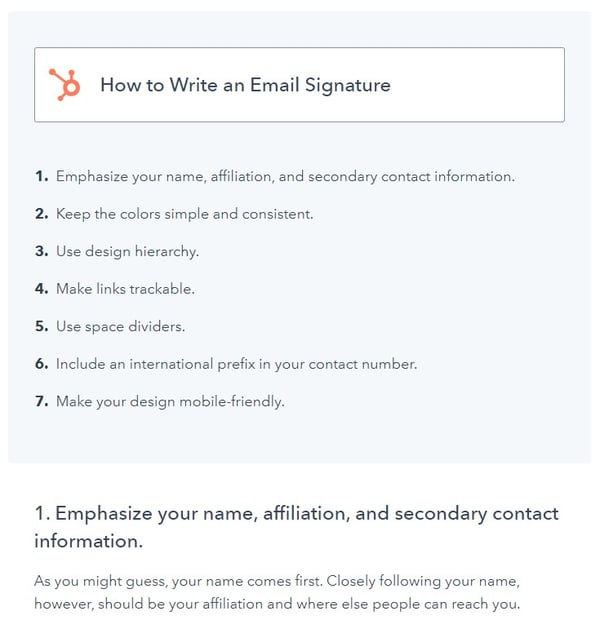
Which Format Is Right for Your Next Blog Post?
Which Format Is Right for Your Next Blog Post?
Choosing the right format for your next blog post depends on various factors, including your content’s goals, target audience, and the nature of the information you want to convey. Different formats offer unique advantages and can help you engage your readers effectively. Here are some popular blog post formats to consider:
- Listicles: Listicles present information in a list format, such as “Top 10 Tips,” “5 Ways to Improve,” or “20 Best Practices.” Listicles are easy to scan, provide concise information, and are visually appealing. They are great for offering actionable advice and organizing content.
- How-To Guides: How-to guides are detailed step-by-step instructions on accomplishing a particular task. This format is perfect for sharing in-depth knowledge and guiding readers through complex processes.
- Case Studies: Case studies showcase real-world examples of how a specific product, service, or strategy led to success or solved a problem. They provide credibility and build trust with your audience.
- Interviews: Conducting interviews with industry experts or thought leaders can offer unique insights and perspectives. It adds credibility to your blog and provides readers with valuable knowledge from authoritative sources.
- Opinion/Editorial: Share your opinions, insights, or commentary on industry trends, news, or current events. This format allows you to showcase your expertise and engage readers in discussions.
- Infographics: Infographics combine visuals and data to present complex information in a visually appealing and easy-to-understand manner. They are highly shareable and can attract more traffic to your blog.
- Comparison/Review: Compare different products, services, or solutions to help readers make informed decisions. Reviews add value and assist readers in understanding pros and cons.
- Storytelling: Use storytelling to captivate your audience and deliver your message through narratives. Personal stories or case studies can be powerful tools for connecting with readers emotionally.
- FAQs: Compile a list of frequently asked questions and provide detailed answers. FAQs are helpful for addressing common concerns and providing comprehensive information.
- Round-up Posts: Gather insights or tips from multiple experts on a particular topic and compile them into one comprehensive post. Round-ups offer a diverse range of perspectives and can attract a broader audience.
decide to take.
“Blog Post Types and Formats”
- The How-To Post
- The Listicle
- The Curated Post
- The Thought Leadership Post
- The Fun Post
- The ‘What’ Post
- The ‘Why’ Post
- The Feature Story
- The FAQ Post
- The Interview Post
- The SlideShare Post
- The Infographic Post
- The Newsjack
- The Comparison Post
1. The How-To Post
Format: Step-by-step guide that tells your readers how to do something.

This is one of the most common blog post formats for business bloggers. It makes perfect sense, considering how-to posts are inherently educational and great for generating traffic from organic search. Use how-to posts when your topic has to do with educating your audience about how to do something they might not know how to do.
Oftentimes, how-to posts can also be strengthened by supporting visual components for concepts that lend themselves to visual explanations, like an instructional video or a visual aid.
Download a Free How-To Blog Post Template Here
Examples:
- How to Write a Great Email Signature [+ Professional Examples]
- How to Create a Social Media Report [Free Template]
- How to Write a Blog Post: A Step-by-Step Guide [+ Free Blog Post Templates]
- Blog Post Types and Formats
- The How-To Post
- The Listicle
- The Curated Post
- The Thought Leadership Post
- The Fun Post
- The ‘What’ Post
- The ‘Why’ Post
- The Feature Story
- The FAQ Post
- The Interview Post
- The SlideShare Post
- The Infographic Post
- The Newsjack
- The Comparison Post
1. The How-To Post
Format: Step-by-step guide that tells your readers how to do something.

This is one of the most common blog post formats for business bloggers. It makes perfect sense, considering how-to posts are inherently educational and great for generating traffic from organic search. Use how-to posts when your topic has to do with educating your audience about how to do something they might not know how to do.
Oftentimes, how-to posts can also be strengthened by supporting visual components for concepts that lend themselves to visual explanations, like an instructional video or a visual aid.
